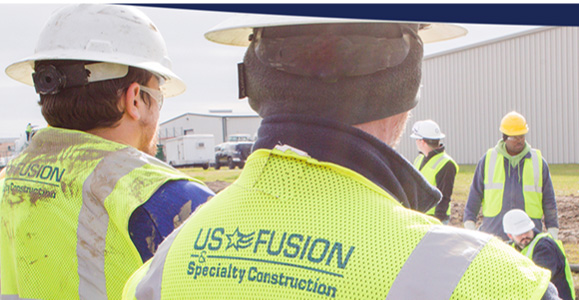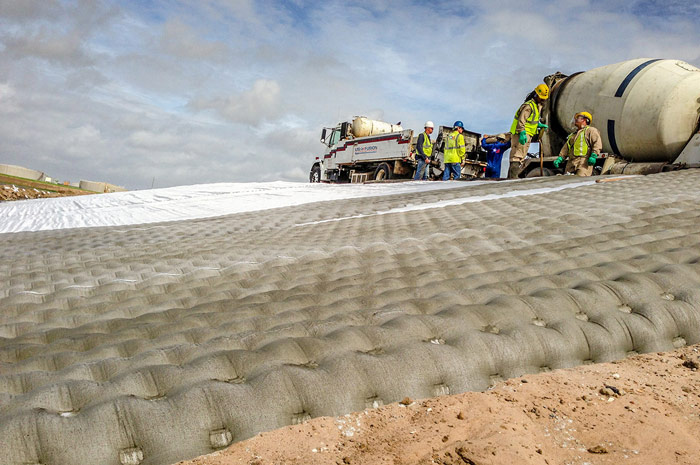
For quality you can trust and industry expertise at the ready, there’s no better team for the job than US FUSION.
Your Industry Supplier for All Your Specialty Construction Needs
US FUSION has over 35 years of diversified experience in specialty construction. Our skilled experts have worked across industries to develop reliable, long-lasting solutions.
- Energy & Power Plants
- Manufacturing Facilities
- Petrochemical Refineries
- Municipal & Government Projects
& more
Turnkey Solutions
Our customers look to US FUSION to lead with innovation and deliver smart, turnkey solutions to complex problems.
Our durable and resistant HDPE piping systems are ideal for transporting water, managing hazardous waste materials, and whatever else you need.
LEARN MORE
Field Installation & Repair of Plastic Piping Systems
US FUSION & Specialty Construction is ready to provide experienced, reliable, and safe field fusion services for a variety of applications.
LEARN MORE
On-Site Plastic Fusion Experts
Pipe made from HDPE is a strong, durable, flexible, and cost-effective solution for your a broad range of projects. At US FUSION we provide fittings from ½” to 65”.
LEARN MORE
Plastic Pipe & Complete
Fittings Supply
We use a wide range of geosynthetics and secondary containment products to deliver the right containment system for you.
LEARN MORE
Geosynthetic Liner Systems
Advantages of our concrete embed liners include: minimal lateral movement, outstanding resistance to UV degradation, and prefabrication abilities.
LEARN MORE
Concrete Protection Liners
Installed with US Fusion expertise, Protex liners are the most effective barrier against erosion, ensuring safe, stable conditions for many years to come.
LEARN MORE
Erosion Control Systems
Polyurea spray installation is a cost-effective solution ideal for primary containment, secondary containment and corrosion control.
LEARN MORE
Polyurea Spray Installations
We offer custom fabrication with shipment to your site. Our products meet industry standards and offer long-lasting protection against leaks, abrasion, and erosion.
LEARN MORE
Fabrication Shop
Get a Free Quote for Your Project
Looking for more information on any of our services? Let us know! We’ll put together a personalized quote based on your project needs and help you get the most value for your time and budget.
We Hold Ourselves to the Highest Standards of Safety
We believe all incidents are 100% preventable, which is why we build safety into every project, from our equipment to employee training. When you work with US FUSION, you benefit from our industry-leading EMR record and comprehensive safety approach to every task.


Helpful Resources
We’re here to help. Explore our gallery of resources to learn more about the best methods for spill prevention, containment systems, erosion control, and more.
Contact Us To See What We Can Do For You
Looking for the perfect solution to your problem? Reach out to our expert team and we’ll deliver the answers you need.
US FUSION & SPECIALTY CONSTRUCTION
We specialize in complete solutions. From expert electrofusion of HDPE piping systems to waste management and containment — no matter what problem you’re dealing with, US FUSION is here to help you solve it.
Baton Rouge (HQ)
16347 Old Hammond Hwy, Baton Rouge, LA 70816
P (225) 647-2747
Houston
3400 Awesome Lane, LaPorte, TX 77571
P (281) 470-7252




